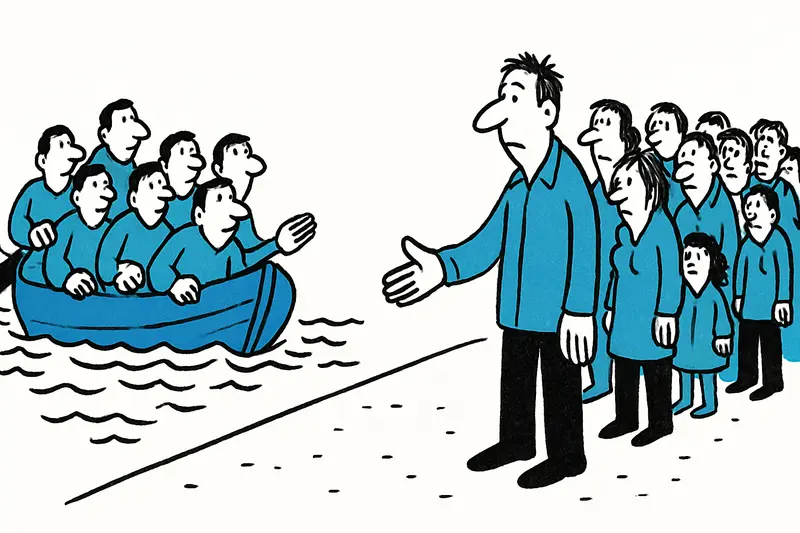This year, significantly more people in small boats have arrived on the Balearic Islands than last year. Authorities and aid groups are preparing for further arrivals.
More people in small boats reach the Balearic Islands
In the harbors and on the beaches of the islands people have been talking about it for days. This year more than 5,900 people in small, often overcrowded boats have already arrived – surpassing the total number of 2024, when nearly 5,882 landed. The numbers that authorities will publish shortly sound dry. On the ground it feels different: longer lines at the harbor terminal, emergency shelters, volunteer helpers distributing blankets and coffee.
Autumn trend: More arrivals possible toward the end of the year
Usually spring attracts the most crossings. But experience shows: the last quarter can push numbers again. From October to December 2024 alone more than 2,700 people arrived – still fresh in the minds of the emergency responders. Therefore the harbor police, Red Cross and local social services are already equipping themselves, even though the wind along the promenade is currently rather mild and tourists are still drinking iced coffee.
What does that mean in concrete terms? More arrivals mean more work for rescue teams in the dark of night, more coordination for the authorities, and more questions for communities that have to manage housing, provision and registration. On small islands like Formentera or in tight harbors like Port d’Alcúdia you feel it especially quickly: few places in transitional shelters, long lists for initial examinations, sometimes puzzled neighbors who suddenly see queues at the port.
Help on the ground and scarce resources
Volunteers report improvised shifts: tea for arrivals, warm blankets, handshakes. Authorities say that staff and infrastructure are being prepared – but also that reserves are limited. First medical care, interpreters, legal advice: all of this takes time and personnel. The question remains how long small communities can keep up the pace if numbers continue to rise.
The situation is complex, and the answers are not simple. One thing is clear: The Balearics are experiencing a considerably stronger mobility by sea this year. Whether the numbers will rise again in the coming weeks remains to be seen – and depends not least on the weather and the routes people choose.
On the ground, between harbor lights and lonely beaches, volunteers, administrations and municipalities are preparing for the uncertain weeks ahead.
Similar News

Severe Weather in Mallorca: Ongoing Delays at Palma Airport Cause Frustration
Due to heavy rain and thunderstorms, there are still significant delays at Palma Airport. Travelers from Germany should ...

Northern Lights over Mallorca: When and Where You Can See the Aurora Borealis
Between October 20 and 29, the Northern Lights could be visible over Mallorca. Who wouldn’t want to go to Scandinavia? A...

Costitx: Flowers, Stones, and a Look at the Starry Sky
Small village, big personality: Costitx blends blooming streets, ancient excavations, and an observatory - a day-trip ti...

Die Zeit auf Mallorca: Warum die Uhren hier anders ticken
Auf Mallorca läuft die Uhr offiziell anders als die Sonne — ein Erbe aus den 1940er-Jahren, das bis heute unseren Alltag...

Orange Weather Warning for Mallorca: Heavy Rain and Thunderstorms Set the Week
Aemet warns: Monday and Tuesday on Mallorca are under orange alert. Heavy rain, floods, and traffic disruptions are poss...
